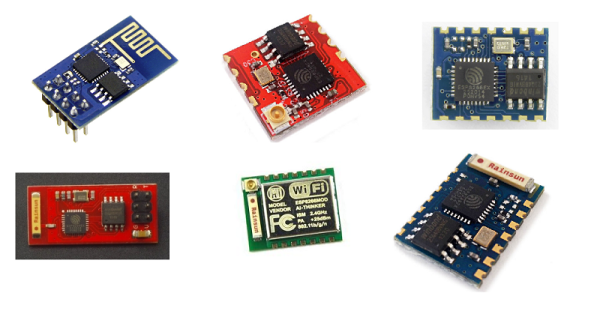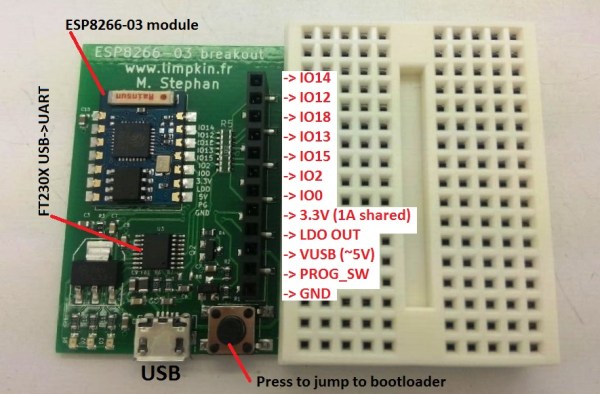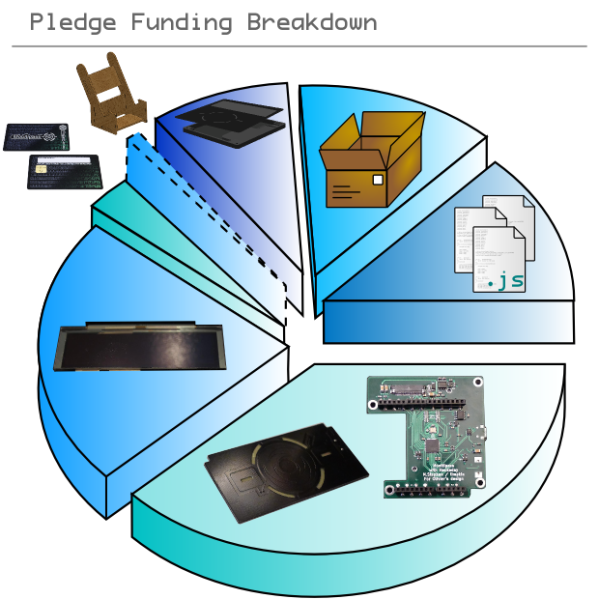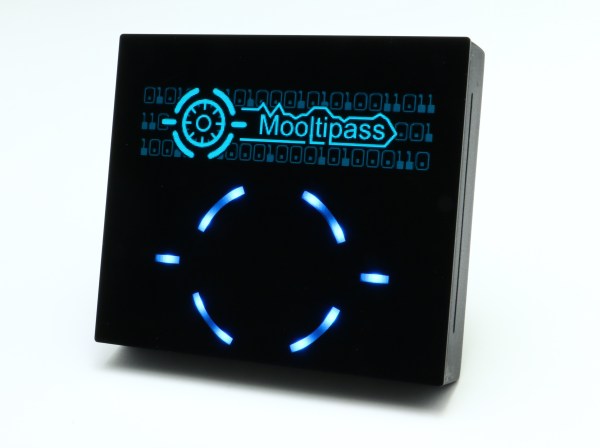[Damien] sent us a quick email to let us know that Micro Python, a lean and fast implementation of the Python scripting language on microcontrollers is now running on the ESP8266. You may remember him from his interview on Hackaday, back when Micro Python was still at the crowdfunding stage. His campaign gathered £97k (for a £15k objective) and its comment section let us know that the backers are very happy with what he delivered.
As the very cheap ESP8266 Wifi module is gathering a lot of attention, he implemented support for it. You may use the dedicated files in the main repository ESP8266 folder together with esp-open-sdk or simply use the precompiled binary available here. Unfortunately the software doesn’t have WiFi support yet, as it’s only a Python REPL prompt over UART at the moment. Contributors are therefore welcome to help speed up the development!

















